The Japanese are known to have some of the longest life expectancies in the world, which many attribute to the traditional Japanese diet. Less well known is that the Japanese also have some of the lowest rates of obesity in the modern world.
The traditional Japanese diet focuses on several key ingredients that contribute to its healthy diet:
10. Natto(納豆)
Calories (100g) : 200 kcal
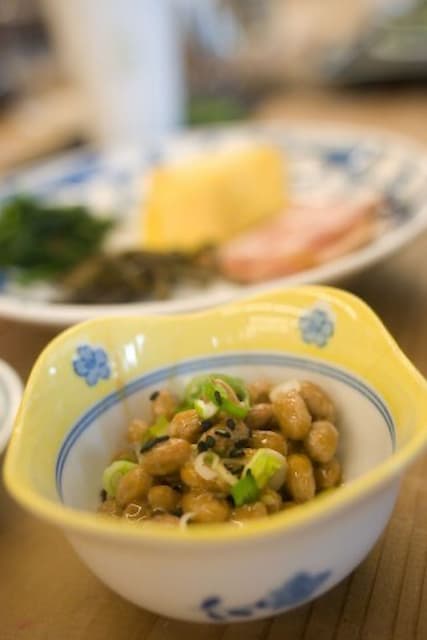
Natto is an ancient Japanese food that people make from soybeans. To make natto, you soak and ferment the soybeans, which makes them quite sticky and creates a springy or net-like effect between each bean.
Many consider natto an acquired taste because the fermentation process gives it a very strong and unpleasant odor to those unfamiliar with the dish. Japanese eat natto uncooked, simply stirring it. It is usually eaten with rice for breakfast.
09. Cabbage(キャベツ)
Calories (100g) : 23 kcal
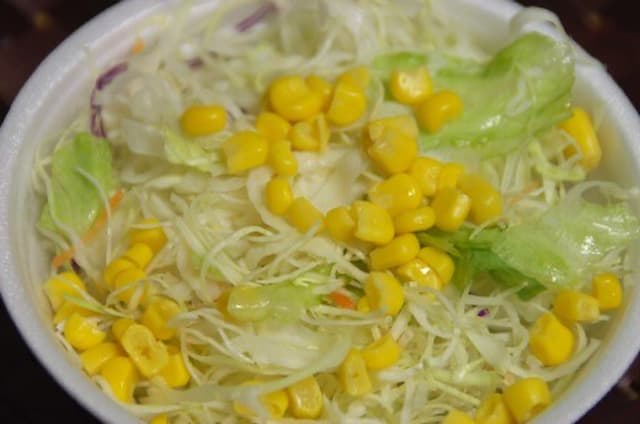
Cabbage is a popular vegetable that people relate to mustard greens. Cabbage appears in a variety of Japanese dishes such as okonomiyaki, salad, and others.
The leafy head is the only part of the cabbage plant that people usually eat. Cabbage is a versatile ingredient that adds crunch, flavor, and nutrition to many traditional Japanese meals.
08. Agar(寒天)
Calories (100g) : 7 kcal
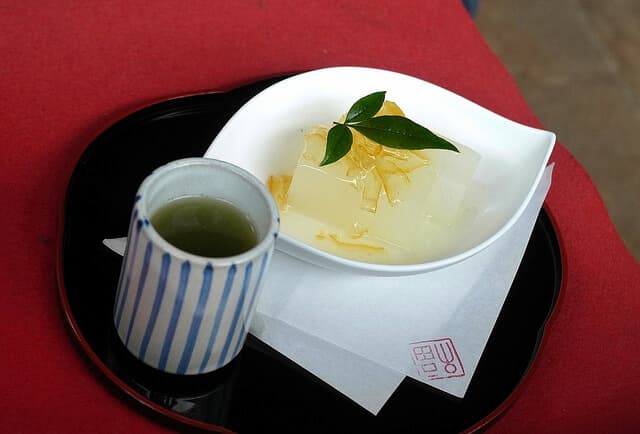
Agar is a gelatinous substance that people derive from red algae. To extract the substance, people boil the algae, then cool, purify, and dry it. Pure agar comes in a number of forms including blocks, flakes, and granules. It is usually translucent, unless people have dyed it before drying.
To convert agar into a usable form, people rehydrate it with water. They should keep agar in a cool, dry place before use. It can be used agar to make jellies, puddings, and custards.
07. Banana(バナナ)
Calories (100g) : 86 kcal
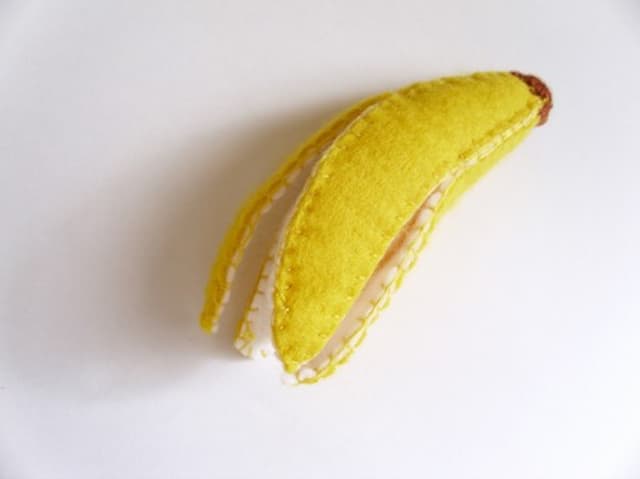
The banana is the fruit of the largest herbaceous flowering plant. There is a popular healthy diet based on the banana: it claims that eating only bananas and drinking room temperature water for breakfast will lead to weight loss, regardless of your consuming for the rest of the day!
The diet is extremely simple and easy to follow, however many Japanese have reported rapid weight loss when experimenting with this diet…
06. Seaweed(海藻類)
Calories (100g) : 2 kcal
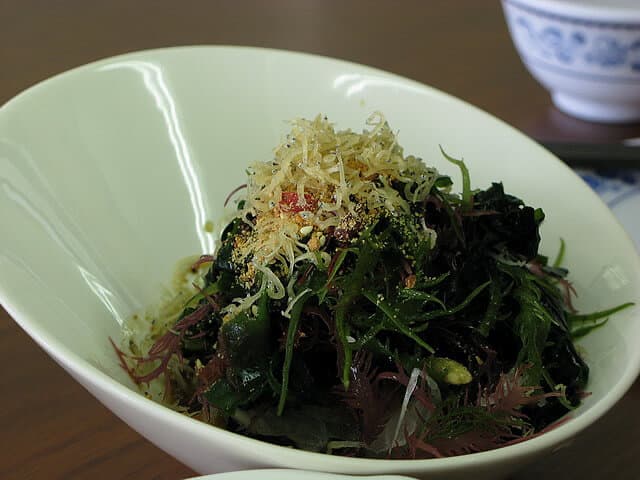
Seaweeds are plants (algae) that are generally aquatic and grow in bodies of salt or fresh water. They are sometime “sea vegetables”. Seaweeds vary in color: brown, green, red, and have no leaves, stems, or roots.
05. Mushrooms(きのこ類)
Calories (100g) : 14 kcal
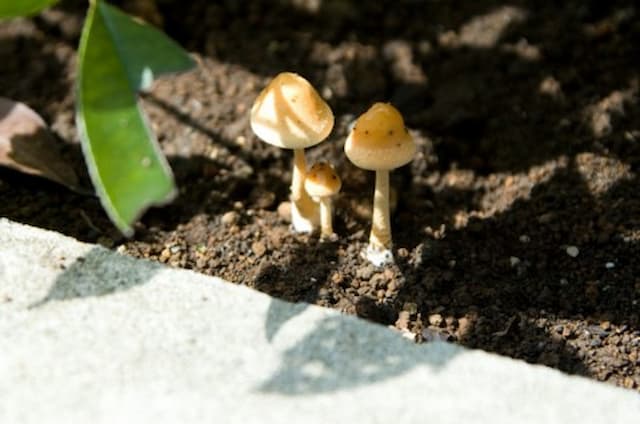
There are many different types of mushrooms in Japan. The most well known are shiitake, maitake, bunashimeji, matsutake, enoki, hiratake… Shiitake and bunashimeji can be found in various dishes such as nabe (hot pot) dishes, cooked dishes and tempura.
Maitake is often for stir-fries. Marsukate are high-priced gourmet mushrooms that you can enjoy in various ways such as grilled or cooked with rice.
04. Chicken white meat(鶏ささみ肉)
Calories (100g) : 94 kcal
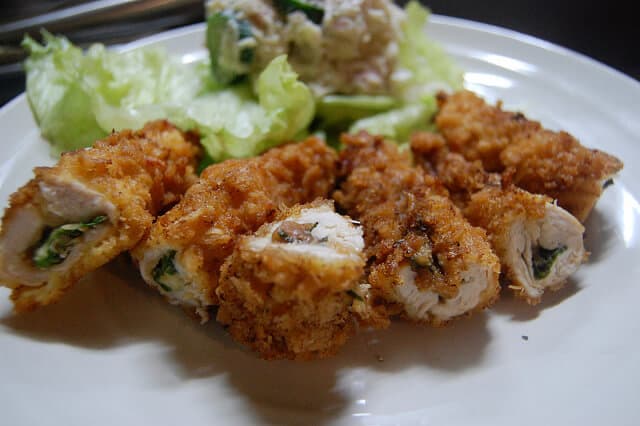
You can cook chicken in various ways in Japanese cuisine. For example, you can make yakitori (“grilled chicken”). Alternatively, you can serve chicken uncooked. In dishes like torisashi, people thinly slice raw chicken and present it in a sashimi-style. In toriwasa, they lightly sear the chicken on all sides, leaving the interior of the slices completely raw.
03. Konjac(こんにゃく)
Calories (100g) : 5 kcal
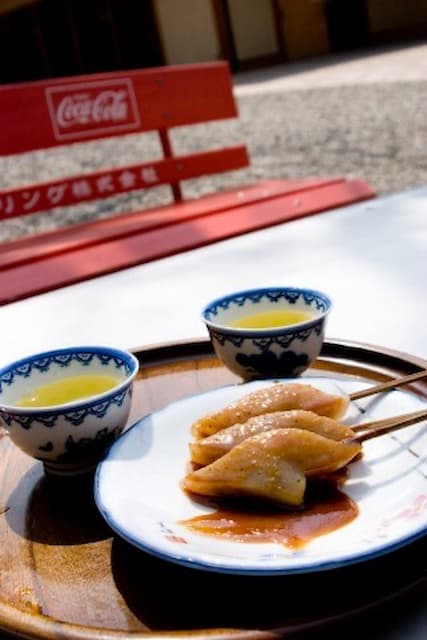
Konjac is a plant. Japanese konnyaku is made by mixing konjac flour with water and lime water. Hijiki is often added for the characteristic dark color and flavor. Without additives for color, konnyaku is pale white. It is then boiled and cooled to solidify. In Japan, konnyaku is typically one of the most popular Japanese dishes, “oden” (a variety of chunky vegetables and meats cooked together and served in a large bowl for everyone to eat from) – Another famous Japanese dish, “sukuyaki” (variety of chunky vegetables and meat boiled together with sweat soy-based soup) always includes konnyaku. You can also enjoy Konnyaku as a jelly dessert.
02. Yogurt(ヨーグルト)
Calories (100g) : 67 kcal
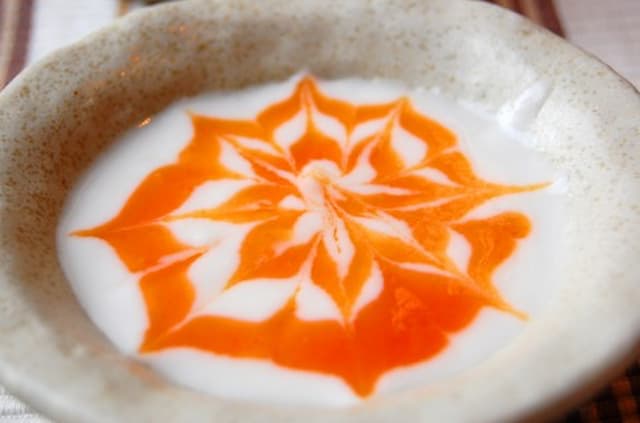
Yogurt is usually for breakfast if it’s a continental breakfast.
01. Tofu(豆腐)
Calories (100g) : 56 kcal
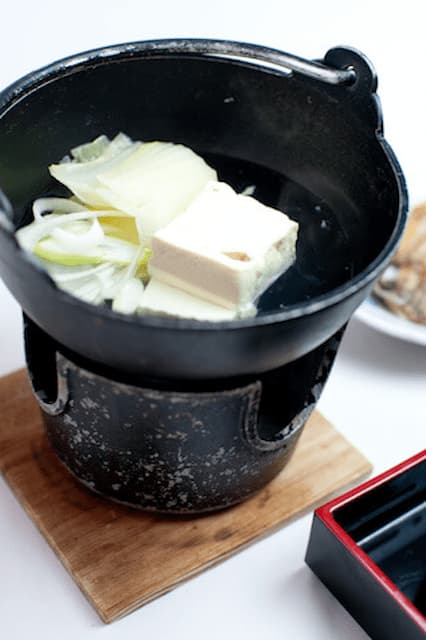
Tofu is a food made by coagulating soy milk and then pressing the resulting curd into soft white blocks. Tofu has a subtle flavor and can be used in both savory and sweet dishes.
There are several different types of tofu, depending on the type of dish. The two main types are silken tofu and firm tofu. Silken tofu is smooth and you can eat without preparation, used in desserts, or baked. Firm tofu is for stir-fries, hot pots, soups, or even on a barbecue.
If you love Japanese food, click here for more information!



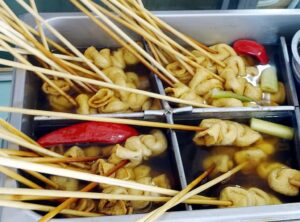
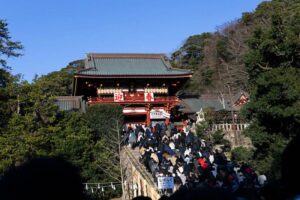


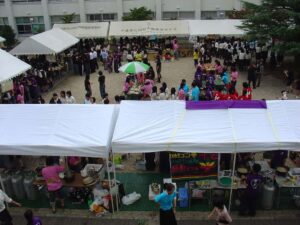

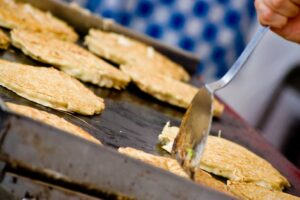
Comments
List of comments (2)
I`ve been trying to eat natto because I know how healthy it is, but I just can’t stand the smell and the texture, yuk!
yeah.. the smell…
but there are natto smells nothing actually!